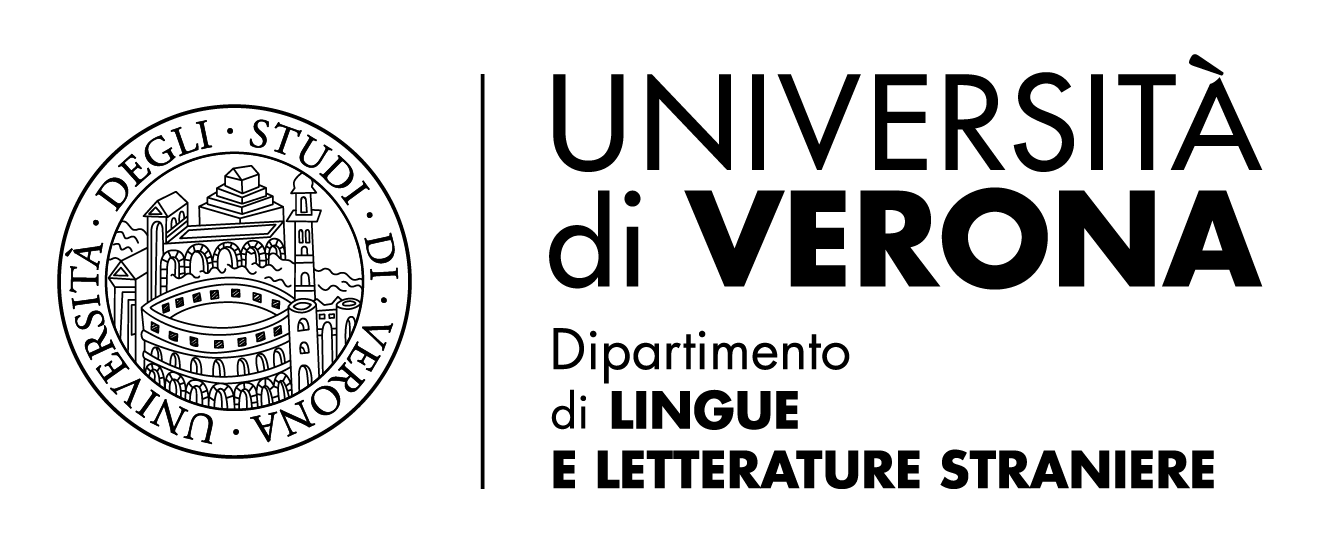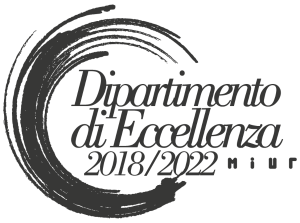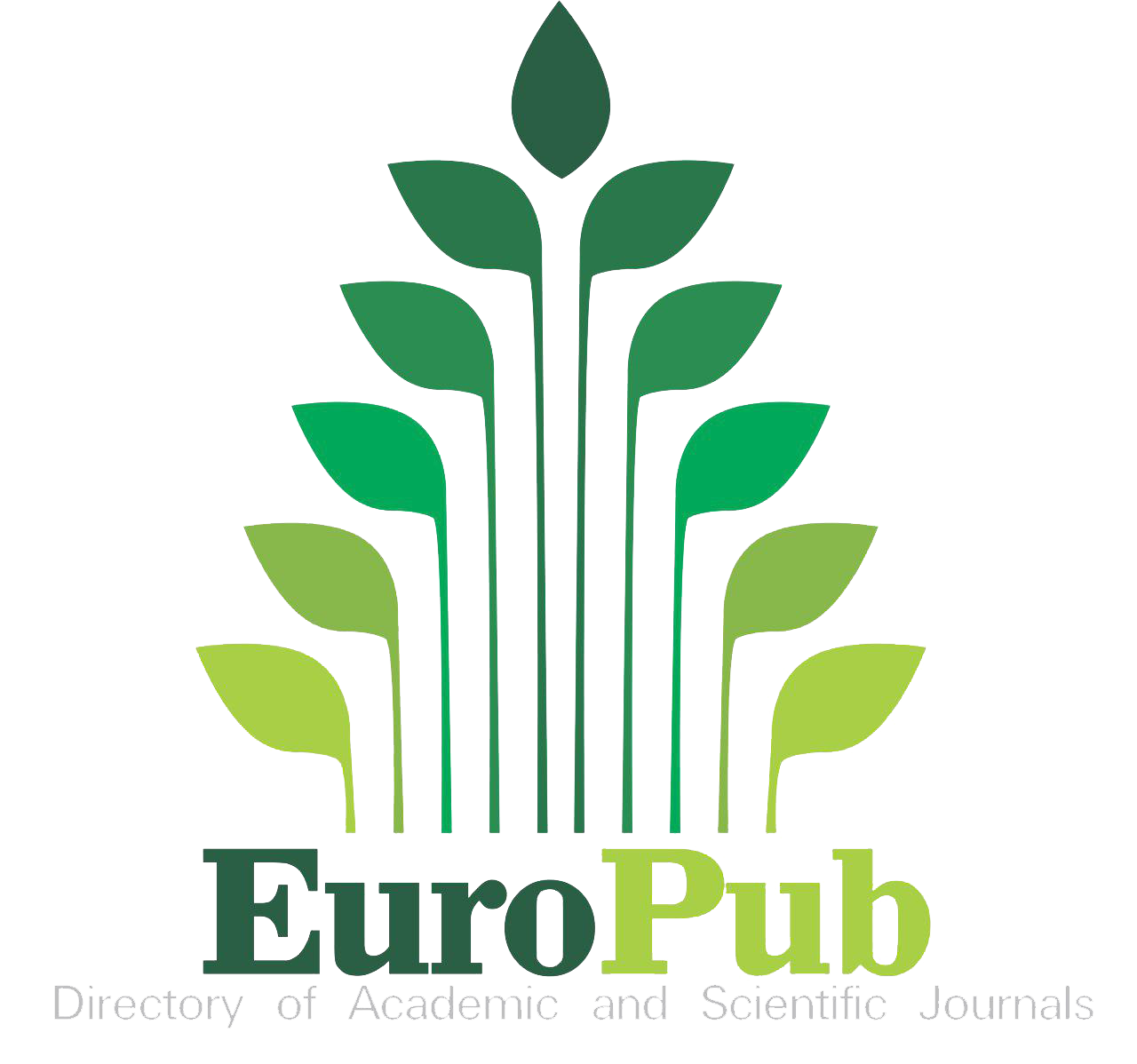The Myth of the “Smoking Indian”
Tobacco Species in the Pacific Northwest Contact Zone Between Exploitative Colonial Gaze and Indigenous Resilience (1770s-1820s)
DOI:
https://doi.org/10.13136/2281-4582/2025.i25.1645Keywords:
Tobacco, Indigenous people, European colonialism, Pacific Northwest, British ColumbiaAbstract
This article examines the complex interplay between colonial exploitation and Indigenous resilience through the lens of tobacco species in the Pacific Northwest contact zone (1770s-1820s). Analyzing Eurocentric narratives and Indigenous responses, it critiques colonial ideologies that framed Indigenous tobacco practices as “primitive” while ignoring ancestral permaculture and spiritual traditions. Influenced by Orientalist and Eurocentric hierarchies, European explorers and fur traders dismissed native tobacco species like Nicotiana quadrivalvis and attenuata as inferior to industrially bred varieties, weaponizing addictive colonial tobacco to manipulate trade and foster dependency. However, Indigenous communities – including the Haida, Interior Salish, and Coast Salish – negotiated, adapted, or resisted these impositions. While some integrated colonial tobacco into “moditional” practices, blending traditional and introduced elements, others upheld prohibitions or repurposed the plant within spiritual and medicinal frameworks. The article highlights how colonial accounts, shaped by exploitative agendas, obscured Indigenous agency, permacultural knowledge, and pre-existing intertribal trade networks. Simultaneously, it reveals Indigenous resilience through oral histories and ethnobotanical evidence, challenging settler narratives that conflated cultural adaptation with assimilation. By interrogating sources from fur traders, missionaries, and Indigenous Knowledge Givers, the study exposes the enduring legacy of colonial tobacco in reshaping power dynamics, ecological practices, and cross-cultural perceptions. Ultimately, it argues that the “myth of the Smoking Indian” emerged from a deliberate colonial erasure of Indigenous sovereignty over tobacco, reinforcing white supremacist ideologies even as Indigenous communities asserted autonomy over their botanical traditions. This research reframes the contact zone as a contested space where tobacco became both a tool of colonial coercion and a medium for Indigenous survivance.
References
Anderson, Nancy Marguerite. The York Factory Express: Fort Vancouver to Hudson Bay, 1826-1849. Vancouver: Ronsdale Press, 2021.
Aristotle. Metaphysics Theta. Edited by Stephen Makin. Oxford: Oxford University Press, 2006.
Bancroft, Hubert Howe. History of the Northwest Coast: 1800-1846. San Francisco: A.L. Bancroft & Company, 1884.
Beresford, William. A Voyage Round the World. London: Geo. Goulding, 1789.
Barman, Jean. British Columbia in the Balance: 1846-1871. Madeira Park: Harbour Publishing, 2022.
Belshaw, John D. Colonization and Community: The Vancouver Island Coalfield and the Making of the British Columbian Working Class. Montreal: McGill-Queen’s University Press, 2002.
Bolduc, Jean Baptiste Zacharie. Mission of the Columbia: Letters and Journals of Father Bolduc. Edited by Edward F. Kowrach. Fairfield: Ye Galleon Press, 1979.
Boyd, Robert. “Commentary on Early Contact-Era Smallpox in the Pacific Northwest.” Ethnohistory 43.2 (1996): 307-28.
Canadian Legal Information Institute. “’R. v. Jacobs,’ 3988 (BC SC).” 1998. http://canlii.ca/t/1f7xs. Last visited 09/03/2025.
Carlos, Ann M. and Frank D. Lewis. Commerce by a Frozen Sea: Native Americans and the European Fur Trade. Philadelphia: University of Pennsylvania Press, 2010.
Carlson, Keith Thor. “‘The Last Potlatch’ and James Douglas’ Vision of an Alternative Settler Colonialism.” To Share, Not Surrender. Edited by Peter Cook, et al. Vancouver: University of British Columbia Press, 2021. 288-328.
Carlson, Keith Thor and Colin Murray Osmond. “Clash at Clayoquot: Manifestations of Colonial and Indigenous Power in Pre-Settler Colonial Canada.” The Western Historical Quarterly 48 (2017): 159-188.
Catlin, George. Illustrations of The Manners, Customs & Condition of The North American Indians. Vol. 1. London: Chatto & Windus, 1876.
Cook, L. Warren. Flood Tide of Empire: Spain and the Pacific Northwest, 1543-1819. New Haven: Yale University Press, 1973.
Copilaș, Emanuel. “Hegel, Eurocentrism, Colonialism.” Romanian Journal of Political Science 18.2 (2018): 44-45.
Cornwallis, Kinahan. The New El Dorado, or British Columbia. London: Thomas Cautley Newby, 1858.
Cox, Ross. The Columbia River. Vol. 1. London: Henry Colburn and Richard Bentley, 1832.
Cryer, Beryl Mildred. Two Houses Half-Buried in Sand: Oral Traditions of The Hul’qumi’num’ Coast Salish of Kuper Island and Vancouver Island. Vancouver: Talonbooks, 2000.
Curtis, Edward Sheriff. Salish Tribes of the Coast. Edited by Frederick Webb Hodge. New York: Johnson Reprint Corporation, 1970.
Dawson, George M. Geological Survey of Canada: Report on the Queen Charlotte Islands, 1878. Montreal: Geological Survey of Canada, 1880.
Dean, Jonathan R. “These Rascally Spackaloids’: The Rise of Gispaxlots Hegemony at Fort Simpson, 1832-40.” BC Studies 101 (1994): 46.
Deur, Douglas and Nancy J. Turner. “Reconstructing Indigenous Resource Management, Reconstructing the History of an Idea.” Keeping It Living: Traditions of Plant Use and Cultivation on the Northwest Coast of North America. Edited by Douglas Deur and Nancy J. Turner. Seattle: University of Washington Press, 2005. 3-34.
Douglas, David. Journal Kept by David Douglas During His Travels in North America, 1823-1827. London: William Wesley & Son, 1914.
Duff, Wilson. Bird of Paradox: The Unpublished Writings of Wilson Duff. Edited by E. N. Anderson. Surrey: Hancock House, 1996.
Eells, Myron. The Twana, Chemakum, and Klallam Indians of Washington Territory. Washington: Government Printing Office, 1889.
Eisler, Benita. The Red Man’s Bones: George Catlin, Artist and Showman. New York: W.W. Norton, 2013.
Espinosa y Tello, Josef. Relacion del viage hecho por las goletas Sutil y Mexicana en el ano de 1792 para reconocer el Estrecho de Fuca. Madrid: En la Imprenta Real, 1802.
Fladmark, Knut R. “Early Fur-Trade Forts of the Peace River Area of British Columbia.” BC Studies 65 (1985): 48-65.
French, David. “Aboriginal Control of Huckleberry Yield in the Northwest.” Indians, Fire, and the Land in the Pacific Northwest. Edited by Robert Boyd. Corvallis: Oregon State University Press, 1999. 31-35.
Gibson, James R. Otter Skins, Boston Ships, and China Goods: The Maritime Fur Trade of the Northwest Coast, 1785-1841. Montreal: McGill-Queen’s University Press, 1992.
Globe, Alexander. Gold, Grit, Guns: Miners on BC’s Fraser River in 1858. Vancouver: Ronsdale Press, 2022.
Gough, Barry M. “Crown, Company, and Charter: Founding Vancouver Island Colony: A Chapter in Victorian Empire Making.” BC Studies 176 (2012-2013): 9-54.
---. Distant Dominion: Britain and the Northwest Coast of North America, 1579-1809. Vancouver: University of British Columbia Press, 1980.
---. The Royal Navy and the Northwest Coast of North America, 1810-1914: A Study of British Maritime Ascendancy. Vancouver: University of British Columbia Press, 1971.
Graeber, K., K. Nakabayashi and G. Leubner-Metzger. “Seed Development and Germination: Development of Dormancy.” Encyclopedia of Applied Plant Sciences. Edited by Brian Thomas, Brian G. Murray, and Denis J. Murphy. San Diego: Elsevier Science & Technology, 2016. 483-489.
Grant, Walter Colquhoun. “Description of Vancouver Island.” The Journal of the Royal Geographical Society of London 27 (1857): 268-320.
Griffin, George. “Aborigines of the Pacific Northwest.” 148. MS-0871. British Columbia Archives.
Gunther, Erna. Ethnobotany of Western Washington: The Knowledge and Use of Indigenous Plants by Native Americans. Seattle: University of Washington Press, 1973.
Gunther, Erna. Klallam Ethnography. Seattle: University of Washington Press, 1927.
Haeberlin Hermann and Erna Gunther. The Indians of Puget Sound. Seattle: University of Washington Press, 1942.
Hegel, Georg Wilhelm Friedrich. Hegel’s Philosophy of Mind. Edited by Michael Inwood. Translated by W. Wallace and A. V. Miller. Oxford: Oxford University Press, 2007.
Hoskins, John. “Narrative of the Second Voyage of the Columbia.” Voyages of the “Columbia” to the Northwest Coast, 1787-1790 and 1790-1793. Edited by Frederic William Howay. Portland: Oregon Historical Society Press, 1990. 161-289.
Ingraham, Joseph. Journal of the Brigantine Hope on a Voyage to the Northwest Coast of North America, 1790-92. Edited by Mark D. Kaplanoff. Barre: Imprint Society, 1971.
Innis, Harold Adams. Staples, Markets, and Cultural Change: Selected Essays. Edited by Daniel Drache. Montreal: McGill-Queen’s University Press, 1995.
Jewitt, John Rodgers. Narrative of the Adventures and Sufferings of John R. Jewitt; Only Survivor of the Crew of the Ship Boston. Middletown: Loomis & Richards, 1815.
Kimmerer, Robin Wall. Braiding Sweetgrass: Indigenous Wisdom, Scientific Knowledge and the Teachings of Plants. Minneapolis: Milkweed Editions, 2013.
Lee, Daniel and Joseph H. Frost. Ten Years in Oregon. New York: J. Collord, 1844.
Litt, Paul. “Settler Colonial Theory and Canadian Cultural Nationalism.” Settler Colonial Studies 13.3 (2023): 438-462.
Lloyd, Keith and John C. Jackson. The Fur Trade Gamble: North West Company on the Pacific Slope, 1800-1820. Pullman: Washington State University Press, 2016.
Lutz, John Sutton. Makùk: A New History of Aboriginal-White Relations. Vancouver: University of British Columbia Press, 2008.
Mackie, Richard. “The Colonization of Vancouver Island 1849-1858.” BC Studies 96 (1992): 3-40.
“Many of Our Foods Originated from Those of Indian People.” Nesika (March 1974): 11-12.
Marchand, Étienne A. Voyage Round the World, Performed During the Years 1790, 1791, and 1792. Translated by Charles Pierre Claret. Vol. 1. London: T.M. Longman, 1801.
Mayne, Richard Charles. Four Years in British Columbia and Vancouver Island. London: John Murray, 1862.
McHalsie, Albert ‘Sonny.’ “Are the Spirits Addicted?” Sqwelqwel: Stó:lō Tribal Council Newsletter. May-June 1993.
Meares, John. Voyages Made in the Years 1788 and 1789, from China to the North West Coast of America. London: Logographic Press, 1790.
Meeker, Ezra. Pioneer Reminiscences of Puget Sound: The Tragedy of Leschi. Seattle: Lowman & Hanford, 1905.
Miller, Bruce Grandville and Daniel L. Boxberger. “Creating Chiefdoms: The Puget Sound Case.” Ethnohistory 41.2 (1994): 267-293.
Mourelle de la Rúa, Francisco Antonio. Journal of a Voyage in 1775 to Explore the Coast of America, Northward of California. Translated by Daines Barrington. London: John Nichols, 1780.
Murray, Hugh. Historical Account of Discoveries and Travels in North America. Vol. 1. London: Longman, Rees, Orme, Brown, & Green, 1829.
Myers, John. The Life, Voyages and Travels of Capt. John Myers, Detailing His Adventures During Four Voyages Round the World. London: Longman, Hurst, Rees and Co., 1817.
Newcombe, Charles Frederick. “On Native Tobacco as Used by Indians of the West Coast of North America.” Miscellaneous Ethnological Note Tobacco among Northwest Coast Indians, Newcombe Family Papers, vol. 46, folder 18, MS-1077, A01764, British Columbia Archives.
Nuttall, Thomas. The Genera of North American Plants, and a Catalogue of the Species, to the Year 1817. Vol. 1. Philadelphia: D. Heartt, 1818.
Poole, Francis. Queen Charlotte Islands: A Narrative of Discovery and Adventure in the North Pacific. London: Hurst and Blackett, 1872.
Pratt, Mary Louise. Imperial Eyes: Travel Writing and Transculturation. London: Routledge, 2008.
Said, Edward W. Orientalism. New York: Vintage Books, 1979.
Scouler, John. “Observations on the Indigenous Tribes of the N.W. Coast of America.” The Journal of the Royal Geographical Society of London 11 (1841): 159-205.
Scouler, John. “Dr. John Scouler’s Journal of a Voyage to N.W. America. 1824-‘25-‘26.” The Quarterly of the Oregon Historical Society 6.2 (1905): 159-205.
Smith, Harlan Ingersoll. Ethnobotany of the Gitksan Indians of British Columbia. Edited by Brian Douglas Compton, Bruce Rigsby and Marie-Lucie Tarpent. Hull: Canadian Museum of Civilization, 1997.
Smyth, David. “The Yellowhead Pass and the Fur Trade.” BC Studies 64 (1984): 48-73.
Stanley, Timothy J. “John A. Macdonald and the Invention of White Supremacy in Canada.” Canadian Issues (2014): 29-32.
Stone, Alison. “Hegel and Colonialism.” Hegel Bulletin 41.2 (2020): 247-270.
Stoneman, George and William H.C. Whiting. “Letter to John E. Wool. 5 July, 1855. Correspondence Between the Late Secretary of State and Ge. Wool.” United States Congress, The House of Representatives. Executive Documents. Washington: Steedman, 1858.
Stuurman, Siep. “François Bernier and the Invention of Racial Classification.” History Workshop Journal 50 (Autumn 2000): 1-21.
Suttles, Wayne. “Private Knowledge, Morality, and Social Classes among the Coast Salish.” American Anthropologist, New Series 60.3 (1958): 497507.
Swan, James G. The Northwest Coast, or, Three Years’ Residence in Washington Territory. New York: Harper, 1857.
Teit, James Alexander. “Memorial to Sir Wilfred Laurier, from the Chiefs of the Shuswap, Okanagan and Couteau Tribes of British Columbia: Presented at Kamloops, B.S., 25 August 1910.” 1910. 470497938. no. 65247. CIHM/ICMH. Library and Archives Canada.
---. The Shuswap. Edited by Franz Boas. New York: G. E. Stechert, 1909.
Thompson, David. The Writings of David Thompson. The Travels: 1848 Version, and Associated Texts. Edited by William E. Moreau. Vol. 2. Montreal: McGill-Queen’s University Press, 2015.
Thomson, Duane and Marianne Ignace. “’They Made Themselves Our Guests’: Power Relationships in the Interior Plateau Region of the Cordillera in the Fur Trade Era.” BC Studies 146 (2005): 3-35.
Tovell, Freeman M. “Other Side of the Coin: The Viceroy, Bodega y Quadra, Vancouver, and the Nootka Crisis.” BC Studies 93 (1992): 3-29.
Turner, Nancy J. Ancient Pathways, Ancestral Knowledge: Ethnobotany and Ecological Wisdom of Indigenous Peoples of Northwestern North America: The History and Practice of Indigenous Plant Knowledge. Vol. 1. Montreal: McGill-Queen’s University Press, 2014.
---. Coastal Peoples: Of Food Plants of British Columbia Indians. Vol. 1. Victoria: British Columbia Provincial Museum, 1975.
---. Interior Peoples: Of Food Plants of British Columbia Indians. Vol. 2. Victoria: British Columbia Provincial Museum, 1978.
---. Plants of Haida Gwaii. Winlaw: Sono Nis Press, 2004.
Turner, Nancy J. and Barbara S. Efrat. Ethnobotany of the Hesquiat Indians of Vancouver Island. Victoria: British Columbia Provincial Museum, 1982.
Turner, Nancy J., et al. Ethnobotany of the Nitinaht Indians of Vancouver Island. Victoria: British Columbia Provincial Museum and Parks Canada, 1983.
Vancouver, George. The Voyage of George Vancouver, 1791-1795. Edited by William Kaye Lamb. Vol. 2. Farnham: Routledge, 1984.
---. The Voyage of George Vancouver, 1791-1795. Edited by William Kaye Lamb. Vol. 4. Farnham: Routledge, 1984.
Veracini, Lorenzo. Settler Colonialism: A Theoretical Overview. New York: Palgrave MacMillan, 2010.
Warren Springer, James. “An Ethnohistoric Study of the Smoking Complex in Eastern North America.” Ethnohistory 28.3 (1981): 217-235.
White, James Taylor. “They Are Inveterate Users of Tobacco.” Alaska Journal of Anthropology 16.1 (2018): 79.
Wilkes, Charles. Narrative of the United States Exploring Expedition During the Years 1838, 1839, 1840, 1841, 1842. United States Exploring Expedition. Vol. 4. Philadelphia: Lea & Blanchard, 1845.
Wintle, Michael J. Eurocentrism: History, Identity, White Man’s Burden. London: Routledge, 2021.
Wolfe, Patrick. “Settler Colonialism and the Elimination of the Native.” Journal of Genocide Research 8.4 (2006): 387-409.
Downloads
Published
Issue
Section
License
Copyright (c) 2025 Alessandro Tarsia

This work is licensed under a Creative Commons Attribution 4.0 International License.
Iperstoria is an Open Access journal.
- Authors retain copyright and grant the journal right of first publication with the work simultaneously licensed under a Creative Commons Attribution 4.0 BY License that allows others to share the work with an acknowledgement of the work's authorship and initial publication in this journal.
- Authors are able to enter into separate, additional contractual arrangements for the non-exclusive distribution of the journal's published version of their work (e.g., post it to an institutional repository or publish it in a book), with an acknowledgement of its initial publication in this journal. We kindly ask authors to inform us of any instances of re-publication.







